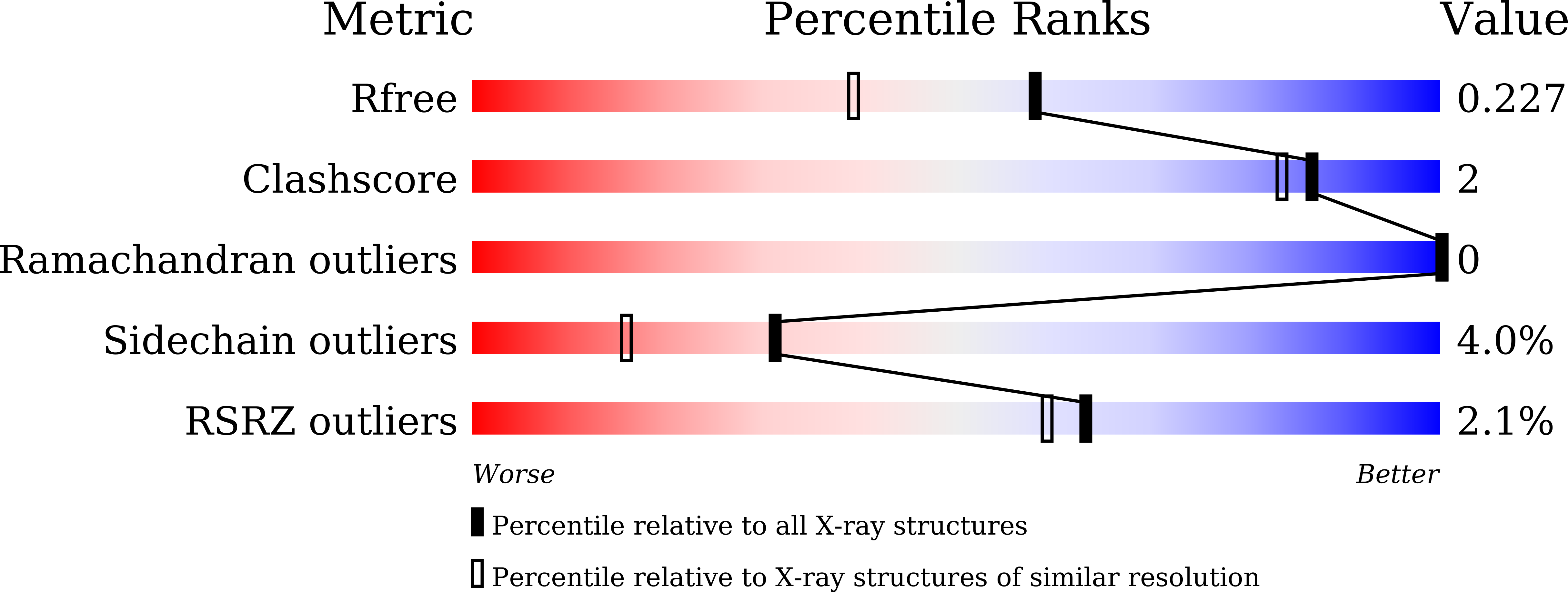
Deposition Date
2022-01-12
Release Date
2022-08-10
Last Version Date
2023-11-29
Entry Detail
PDB ID:
7WL4
Keywords:
Title:
Crystal Structure of the first bromodomain of human BRD4 in complex with the inhibitor SLP-50
Biological Source:
Source Organism:
Homo sapiens (Taxon ID: 9606)
Host Organism:
Method Details:
Experimental Method:
Resolution:
1.82 Å
R-Value Free:
0.22
R-Value Work:
0.18
R-Value Observed:
0.18
Space Group:
P 1 21 1


